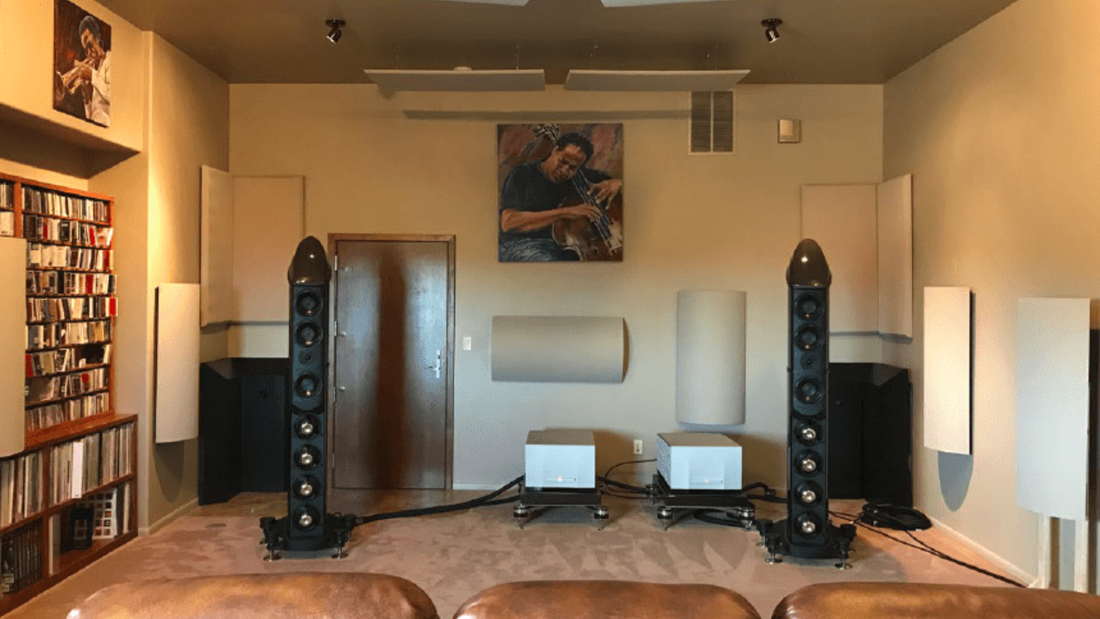
Two Ways of Hearing
By Rafi Mercer
There are countless ways to love music, but two stand out as distinct disciplines of devotion. One is solitary, measured in hours spent adjusting cables and chasing purity, refining a system until every note arrives with precision. The other is communal, lived in rooms where silence is shared and records are allowed to unfold into the air as a collective experience. Both are born of reverence for sound, both insist that music deserves more than casual consumption, but they diverge in intention. These are the two ways of hearing: the world of the audiophile, and the world of the listening bar.
The audiophile tradition is anchored in solitude. A room shaped around equipment, every surface measured for reflection, every wire chosen for its contribution to the whole. The ritual begins before the needle drops, in calibration, in the pursuit of transparency. To sit in such a room is to feel the weight of obsession — the belief that fidelity matters, that music should be heard as faithfully as possible to the source, that nothing should intrude on the truth of sound. There is nobility in this devotion, a craftsman’s dedication to detail, a scientist’s hunger for accuracy. The audiophile listens alone not out of disdain for company but because company would intrude on the fragile contract between ear and system.
The listening bar is different. It is no less careful in its systems, no less attuned to quality, but its purpose is not solitary refinement. It is designed for atmosphere, for patience, for the subtle act of listening together. Its devotion is not to technical perfection but to the conditions of immersion. Silence is shaped into a frame, waiting becomes part of the ritual, the room itself is tuned so that music is not just heard but felt. Here, the system is not an altar to individual obsession but a vessel for shared experience. The owner curates the evening, the selector guides the flow, and everyone present surrenders to the same orbit of sound.
The difference is not one of merit but of orientation. The audiophile disciplines the self — the ear sharpened, the taste refined, the system perfected. The listening bar disciplines the room — silence held, attention directed, patience restored. One seeks control, the other invites surrender. One asks: how close can I get to the recording? The other asks: how deep can we go together? Between them lies the full spectrum of listening, solitude on one end and community on the other.
What draws me most to the listening bar is its capacity to create culture. It is not only about the records but about the environment in which they are heard. It restores silence as a luxury, space as an instrument, ritual as necessity. It teaches that listening is not only inward but outward, not only private but shared. And it spreads — from the original Japanese kissa to the Tokyo basements where jazz still blooms, to the minimalist rooms of Berlin, the New York lofts that hum with curated vinyl nights, the Paris cellars that glow with their own rhythms. Each one is a reminder that listening can be a civic act, that culture can be built as much in silence as in speech.
The audiophile, too, plays a role. Without their obsession, without their endless pursuit of precision, the standards of fidelity would not exist. Much of what a listening bar offers is built on the foundations of audiophile devotion: the insistence on quality, the refusal to accept mediocrity, the belief that sound matters. But where the audiophile’s reward is solitude, the listening bar’s gift is company. One teaches us about precision, the other about presence. Together they form a dialogue — different practices born of the same impulse, two sides of a devotion that refuses to let music dissolve into background.
Tonight you might lower the needle alone, adjusting the system until every detail falls into place. Tomorrow you might step into a listening bar, where the system belongs not to you but to everyone present, and the evening takes shape in shared silence. Both moments will be true. Both will matter. But remember they are not the same discipline. One is the solitude of calibration, the other the company of sound. And somewhere between them lies the full meaning of listening.
For more from Tracks & Tales, subscribe here.














